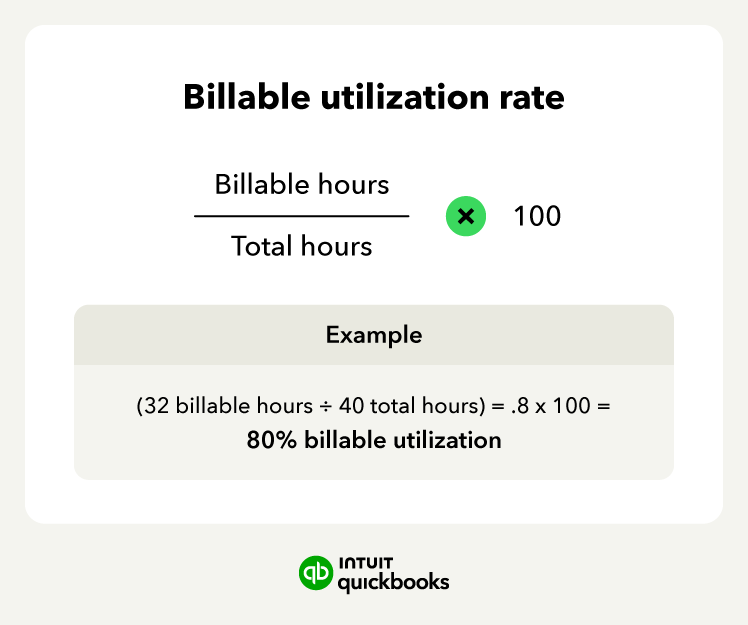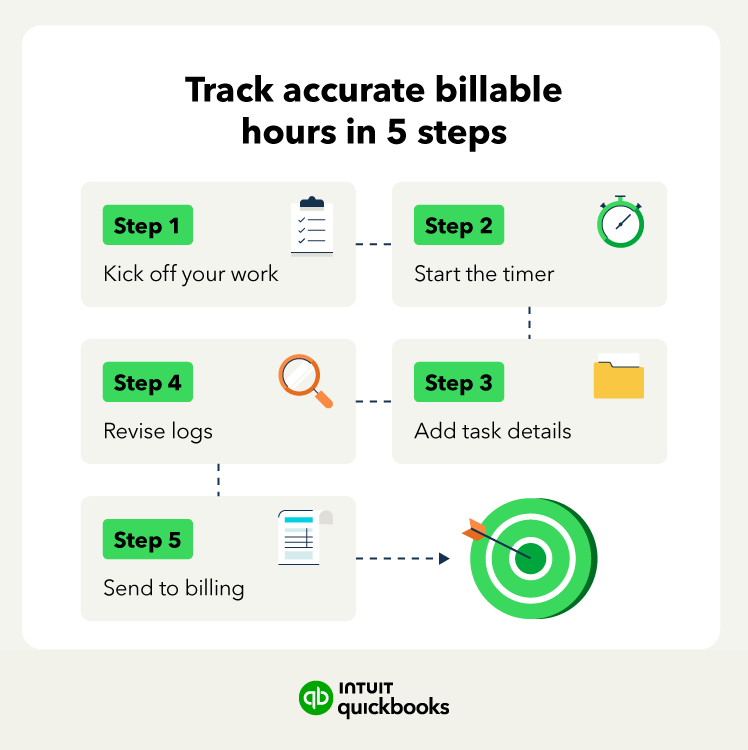Requirements for billable hours
Some industries have strict guidelines for tracking and reporting billable hours. In these fields, time tracking isn’t optional; it’s tied to performance reviews, client billing, and firm profitability.
Expectations also vary depending on whether you’re an employee or a freelancer. Employers often set hourly targets, while freelancers rely on detailed contracts and scopes of work to define what’s billable. Either way, clear agreements help avoid confusion and ensure you receive payment for your work.
Legal billable hours
Law firms typically set mandatory billable hour targets, often between 1,800 and 2,200 hours per year. Meeting these goals can affect promotions, bonuses, and job security. Falling short may lead to reduced pay or fewer client opportunities.
To reduce burnout, many firms are rethinking their approach—investing in automation, offering flexible schedules, and prioritizing quality of work over sheer volume. The goal is to keep lawyers productive without pushing them to the brink.
Construction billable hours
In construction, billable hours usually apply to services like project management, consulting, or specialty subcontracting. You must track time accurately to align with budgets, contracts, and compliance requirements.
Many firms rely on time tracking to bill clients by project phase or milestone. Clear documentation protects against disputes and helps keep projects on time and under budget.
Professional services billable hours
Consultants, agencies, and freelancers often bill by the hour, retainer, or project. Billable hours help show value to clients and ensure that time spent on strategy, meetings, or deliverables is accounted for.
Strong scopes of work and time tracking tools are essential in this space. They keep everyone on the same page and help avoid scope creep, billing disputes, or undercharging.












 Always double-check your contract or scope of work to confirm what’s considered billable—some clients won’t pay for planning or revisions unless it’s specified.
Always double-check your contract or scope of work to confirm what’s considered billable—some clients won’t pay for planning or revisions unless it’s specified.




